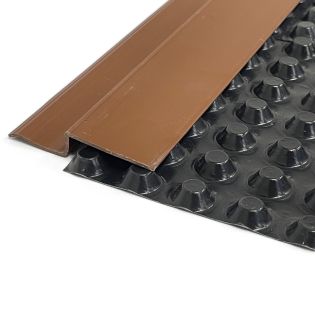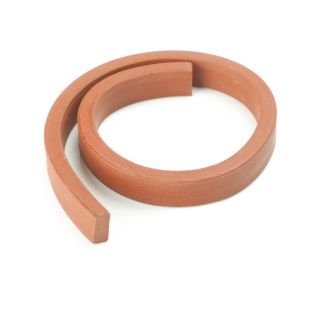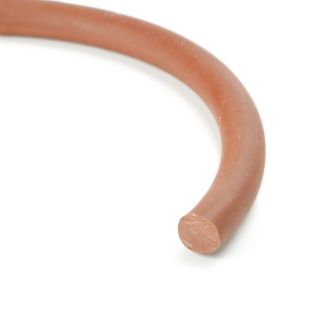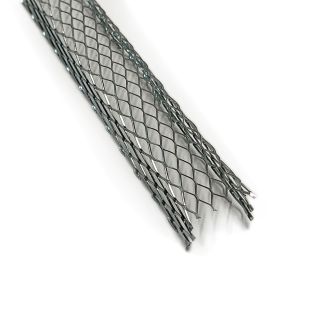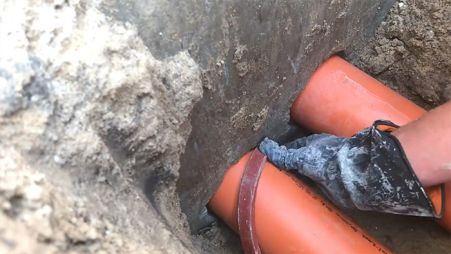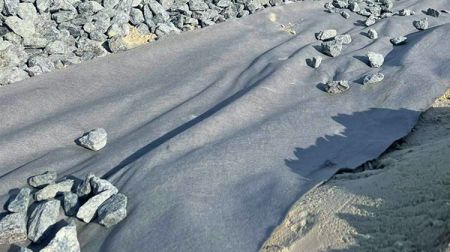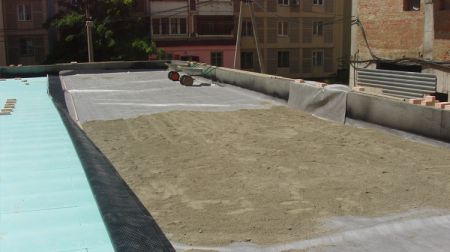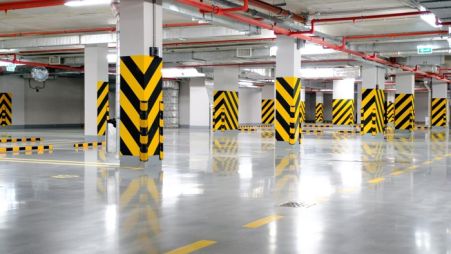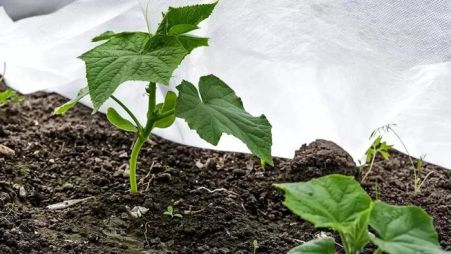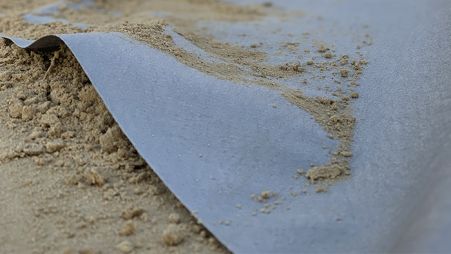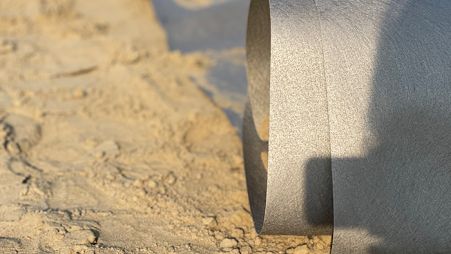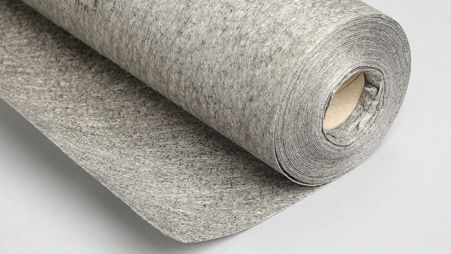Product code: 100007166
Thermally bonded geotextile Fibertex F-35 200 g/sq.m, gray Fibertex
Fibertex geotextile is a non-woven material and is made of high-quality primary polypropylene. Due to the uniqueness of the production process, the combination of different fiber binding methods makes Fibertex geotextile perfectly homogeneous, strong and durable, which avoids delamination and punctures.
Fibertex geotextile has the following advantages:
• environmentally friendly
• long service life (more than 25 years)
• excellent water permeability
• resistance to mold, rot, corrosion
• high strength and high tensile strength
• unique wear resistance
• high uniformity of the material
• no stratification
Fibertex produces nonwoven geotextiles using the "drylaid needlepunch" technology. It consists in the fact that granulated polypropylene is extruded into fibers, which are then processed first on a carding machine, and then on a needle punching machine. Many types of products undergo heat treatment with infrared radiation, hot air or calendering. The combination of intensive needle punching and various fiber binding processes gives Fibertex geotextiles unique properties. The fibers are laid horizontally, and due to subsequent needle punching, the threads are bonded in a vertical plane, which eventually leads to the creation of a durable and at the same time flexible fabric. The three-dimensional structure provides optimal technical characteristics of geotextile products in any field of application.
Nonwoven geotextile is designed to perform a number of construction works:
- Construction of transport facilities
- Civil engineering
- Land management
- Construction of filtration and drainage systems
- Hydraulic engineering construction
- Waste storage
Features: Fibertex
Brand: F-10 F-20 F-22 F-30 F-35
Density EN ISO: 9864 80,100,120,150,200
Strength limit EN ISO 10319: tensile strength 4.6 6.8 8.5 12 17.3
Extension EN ISO 12236: 50 45 45 50 50
Punching EN ISO 12236: 800 1100 1500 1800 2600
Pore size EN ISO 12956: 100 100 90 75 70
How to use geotextile for protection?
Geotextile materials are widely used for protection in waste disposal systems and in tunnel structures in order to ensure the integrity of the sealing material (for example, EPDM membranes) when using filling material and/or applying loads. In the EN ISO standards, the protective function is defined as "Preventing or limiting local damage to a given material by using geotextile material". Multiplicity of functions of geotextile material: Geotextile often performs several functions in the same structure. For example, it can protect the membrane and at the same time divert water. In this case, puncture strength is important to perform the protective function, and the hydraulic properties described in the section "Drainage" are of great importance for water drainage. It is necessary to combine the various values so that the most stringent requirements are specified in the specification. Properties of geotextile material: since the sole purpose of this function is to protect this material, the mechanical properties are the most important, while the hydraulic properties are less important. The geotextile material must withstand and distribute any local pressure from the overlying layer, ensuring that the protected material is not exposed to destructive loads.
Which geotextile is better: white or black?
Выбор между белым и черным геотекстилем зависит от конкретных условий и предпочтений.
- Черный геотекстиль обычно используется для создания более эстетичных ландшафтов и ассимиляции с окружающей средой. Он также поглощает солнечный свет, что может помочь ускорить процесс нагревания почвы в холодные месяцы.
- Белый геотекстиль, с другой стороны, отражает солнечный свет и может помочь сохранить прохладу в зоне его применения.
How long does geotextile last?
The service life of geotextiles depends on the quality of the material, operating conditions and intensity of use. On average, well-installed, high-quality geotextiles can last from 5 to 20 years. However, in some cases, the service life can be longer, especially if the geotextile is used in low-intensity conditions and is maintained properly.
What is the difference between geotextiles and spunbond?
Although geotextiles and spunbond (agrofabric) are both used to protect soil from weeds, they have significant differences in composition and functionality. Geotextiles are usually made from polypropylene or polyethylene and are designed for long-term use under load. Spunbond, on the other hand, is usually made of polypropylene and has a lighter structure, intended mainly for temporary protection of plants from weeds.
Purchasing high-quality geotextiles for your project is easy and convenient in the Budlea online store. We offer a wide range of high quality geotextiles at competitive prices to help you achieve success in your construction or landscaping project.
How to replace geotextiles against weeds?
In case you are looking for an alternative to geotextiles for weed control, one option may be to use mulch. Mulch also helps suppress weed growth, retains soil moisture and prevents soil erosion. Additionally, natural materials such as straw or sawdust can be used as an environmentally friendlier alternative to geotextiles.
What do you put under geotextiles?
Gravel or crushed stone is often placed under geotextiles. This helps create additional drainage and provide a more stable base for the geotextile. In addition, special impregnations or preparations can also be applied to the soil to prevent weed germination.
Which is the best geotextile to buy?
When choosing geotextiles, you should pay attention to its density, strength, permeability and resistance to environmental influences. The best choice depends on the specific conditions and requirements of your project. It is recommended to consult with professionals or construction experts to select the most suitable option.
Do I need to put geotextiles at the bottom of the bed?
Placing geotextiles at the bottom of the bed can be beneficial in preventing weed growth and retaining soil moisture. However, this depends on the specific conditions and requirements of your gardening project. Before making a decision, it is recommended to conduct a soil analysis and consult with experienced gardeners or agronomists.




